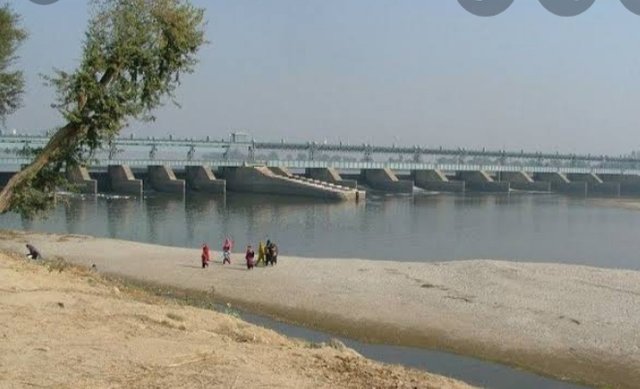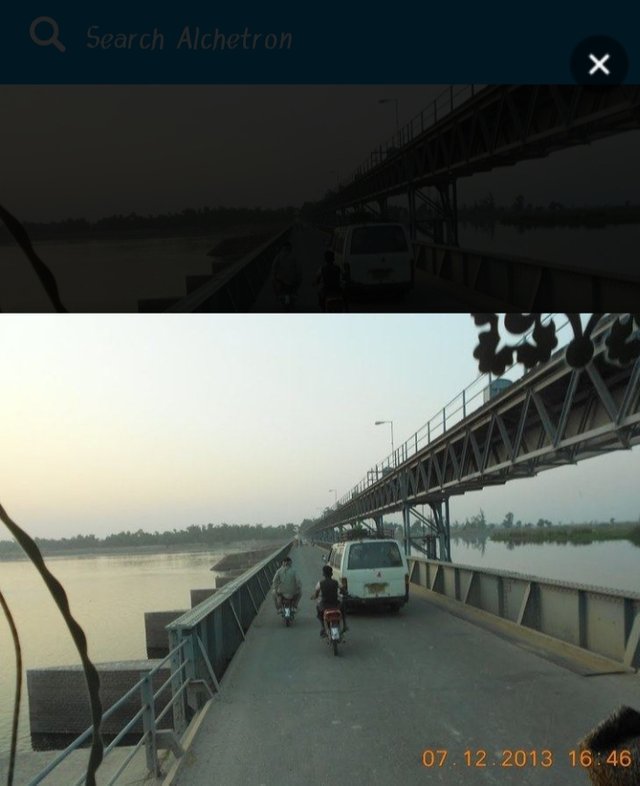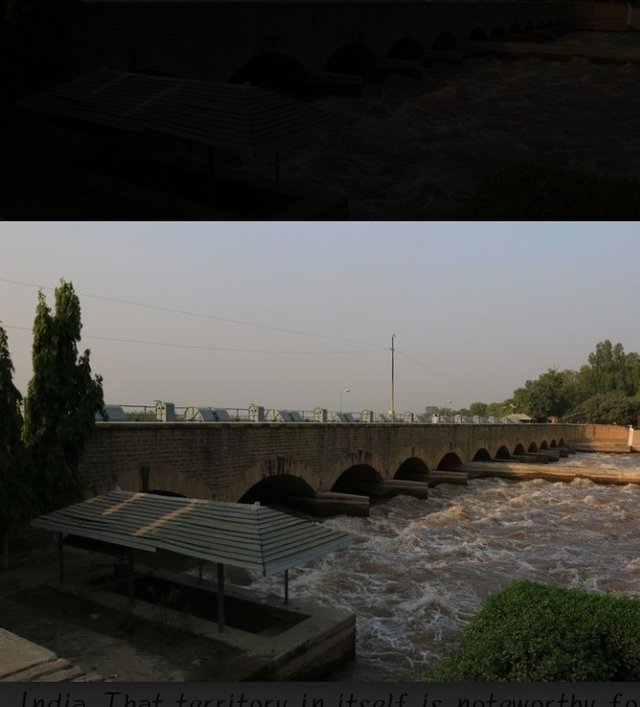How r u all dear frnds; i hope all u fine!!

Today I want to talk about the history of River sutloj: Sulemanki Headworks is used for irrigation and flood control.
Sulemanki Headworks is part of the Sutlej Valley Project completed between 1922-1927 at the behest of the Nawab of Bahawalpur, Amir Sadiq Mohammed Khan V and the British Government. It was an irrigation scheme to develop the neighbouring areas. http://www.bahawalnagar.net/History.aspx
Sulemanki Headworks 3bpblogspotcom4ScexHoY2SgVgeb7tpnIAAAAAAAMore specifically, the construction of the Pakpattan Canal took place in British Punjab in 1925 to on the right bank of the Sulemanki Headworks. This was undertaken to develop the Nilli bar colony in the south of Punjab.
Sulemanki Headworks Perspective PakistanDefense Canals in South Punjab and Sindh1
This headworks is located about a mile from the Indian border on the Sutlej River. From here originate three major canals which supply irrigation water to a large area in Southern Punjab and the Bahawalnagar district. The Upper Pakpattan Canal arises from its right bank and two canals arise from the left. The canals on the left bank are Fordwah and Eastern Sadiqia Canal. The later canal runs along the Pakistan-India border. After 46 miles at Jalwala headworks, Eastern Sadiqia Canal trifurcates into Sirajwah distributary, Malik Branch Canal and Hakara Branch Canal. Hakara branch runs in a southwesterly direction for another 75 miles and is at few places it is a few meters from the Indian border. According to Pakistan army it provides a major defensive landmark against any possible Indian intrusion. Therefore, it is of a significant strategic importance. http://vatsrohit.blogspot.com/2012/08/pakistan-defensive-canals-in-south.html
Sulemanki Headworks Sulemanki Head Works
About ten miles upriver from the Sulemanki Headworks the Baloki-Sulemanki Link Canal has its outfall connecting the Ravi River to the Sutlej River and thus offsetting the loss of water to India as agreed upon in Indus Basin Water Treaty of 1960. According to that treaty, three Eastern rivers, Ravi, Sutlej and Beas are allocated for the exclusive use of India before they enter Pakistan.
Sulemanki Headworks Salman Rashid Sulemanki Headworks Bloom the Desert In accordance with the popularity of Retreat Ceremony at other Indo-Pakistan border crossings such as at Wagah and Hussainiwala near Lahore, a smaller ceremony also takes place here at the check point Sadki by Pakistan Rangers and Indian Border Security Force. It attracts a sizable number of tourists on both sides. http://pakarmedforces.com/2013/12/major-shabbir-sharif-6-december-1971.html
Sulemanki Headworks Salman Rashid Sulemanki Headworks Bloom the Desert
In fact the small hilltop Pakistani check point of Sadki was transferred to the Pakistani control by India by a treaty signed on January 17, 1961. Pakistan needed to have border adjustments for efficient operation of the Headworks which was not possible otherwise. In return Pakistan ceded a part of its territory to India. That territory in itself is noteworthy for the memorial constructed in memory of Bhaghat Singh, a freedom fighter who was executed by the colonial British government.
Sulemanki Headworks PakistanDefense Canals in South Punjab and Sindh1 SulemankiFort
Major Shabbir Sharif, a Pakistani officer, the elder brother of General Raheel Sharif, Chief of Pakistan Army Staff was myrtyred in 1971 India-Pakistan War in this border region. He was posthumously awarded Nishan-Haider the highest Pakistani military honor for

